
Travertine Marble Price Per Square Meter
Travertine is a popular natural stone cherished for its distinctive appearance, warm earthy tones, and historical significance, gracing structures from ancient Roman monuments to modern architectural designs. If you're considering this versatile stone for your project, one of your primary questions will likely be about the travertine marble price per square meter. While travertine offers a unique aesthetic, often grouped with marble due to its luxurious appeal, its cost can vary significantly. This guide will help you understand the factors that influence pricing, enabling you to make an informed decision.
What is Travertine? A Unique Stone Often Grouped with Marble
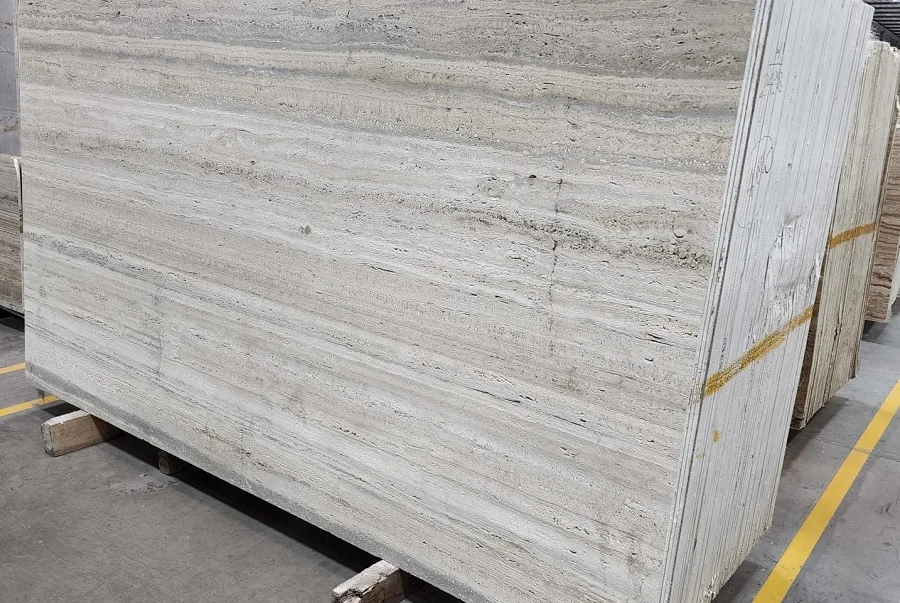
Before diving into pricing, it's helpful to understand what travertine is. Travertine is a form of terrestrial limestone deposited around mineral springs, especially hot springs. Its porous, pitted surface is a hallmark characteristic, formed by gases escaping as the stone solidifies. These pits can be left unfilled for a rustic, natural look or filled with grout or resin for a smoother finish. Travertine typically displays fibrous or concentric patterns and is most commonly found in warm, earthy colors like beige, cream, tan, brown, and even subtle reds and silvers.
It's often used for flooring, wall cladding, bathroom surfaces, outdoor paving, and pool surrounds. While frequently referred to as "travertine marble" in commercial contexts due to its beauty and workability, geologically, it's different from true metamorphic marble, which is formed under heat and pressure from limestone. This distinction doesn't detract from its appeal but is useful background knowledge.
Why a Single "Travertine Marble Price Per Square Meter" is Elusive
If you're searching for a straightforward answer to the travertine marble price per square meter, you'll quickly find that there isn't one single figure. Unlike manufactured goods with fixed prices, natural stone costs are subject to a wide array of variables. The price you ultimately pay will be a composite of factors ranging from the stone's inherent qualities to market dynamics. This article aims to break down these elements so you can better understand what drives the cost of this beautiful natural stone.
Key Factors Influencing Travertine Marble Price Per Square Meter
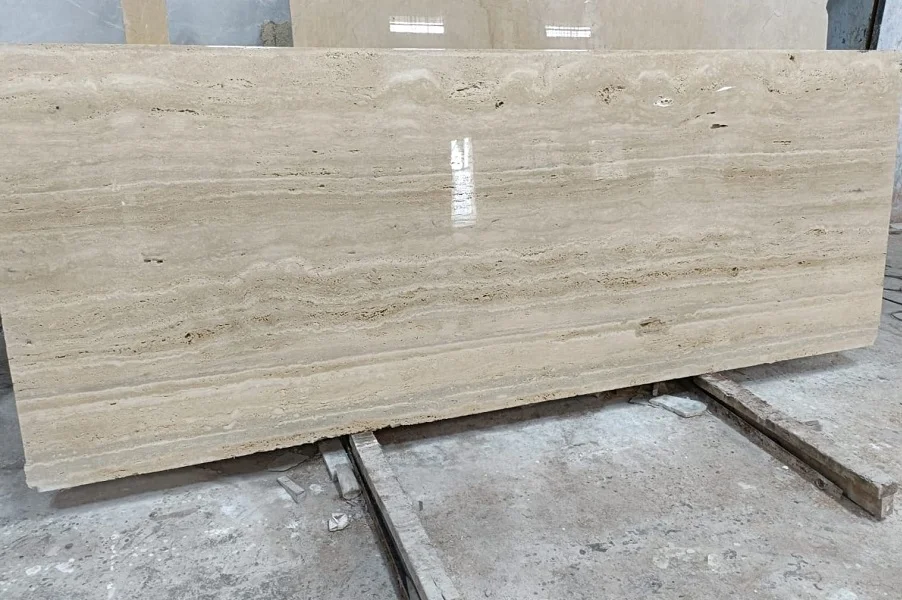
Several key characteristics of the travertine itself play a crucial role in determining its price. Understanding these will help you navigate quotes and selections.
Quality and Grade: Not All Travertine is Created Equal
Travertine is typically sorted into grades based on its physical characteristics. Higher grades (often termed Premium or Select, or Grade A) will command a higher price. These top-tier stones generally have fewer and smaller pits, more uniform color and patterning, minimal fissures or cracks, and greater structural integrity. Lower grades (Commercial or Grade C) might have more color variation, larger or more numerous pits (which may be filled), and visible imperfections. While still structurally sound for many applications, their aesthetic differences and the cost of processing (e.g., filling) influence the travertine marble price per square meter.
Color and Pattern Rarity
The color of travertine significantly impacts its price. Common, widely available colors like light beige (e.g., Light Travertine), classic ivory, or some shades of walnut are generally more affordable. However, rarer and more sought-after colors such as silver, red, gold, or rich dark browns (Noce) can be considerably more expensive due to their limited availability. Similarly, travertine with unique, aesthetically pleasing veining, distinct banding, or a particularly desirable pattern will often fetch a higher price than more uniform or less characterful pieces.
Country of Origin and Quarry Location
Major travertine-producing countries include Italy, Turkey, Iran, Mexico, and Peru, each known for distinct types and qualities. For instance, Italian travertine, especially from areas like Tivoli (the origin of the name "travertine"), often carries a premium due to its historical significance, perceived quality, and established reputation. Turkish travertine is also very popular and widely available, often offering a broader range of price points. The travertine marble price per square meter will also be affected by transportation costs from the quarry to your supplier and ultimately to your location, making locally sourced stone potentially more economical, all else being equal.
Type of Finish: Aesthetics and Cost Implications
Travertine can be finished in several ways, each affecting its appearance, suitability for different applications, and cost. Common finishes include:
· Polished: A glossy, reflective surface that enhances color and veining. This process requires more labor and thus can increase the price. It can be slippery when wet.
· Honed: A smooth, matte, or satin finish that is popular for floors and contemporary designs. It's less reflective than polished.
· Brushed: A textured, matte finish achieved by brushing the stone with wire wheels, giving it a slightly antique or rustic look.
· Tumbled: Features softened, rounded edges and a rustic, aged appearance, often used for outdoor pavers.
· Filled vs. Unfilled: Travertine's natural pits can be filled with cement-based grout or epoxy resin to create a smoother surface, common for interior flooring. Unfilled travertine retains its natural pitted texture. The filling process adds to the production cost.
Thickness and Format (Slab/Tile Size)
The thickness of the travertine material is a direct cost factor. Standard tiles might be 1.2cm (around 1/2 inch) or 2cm (around 3/4 inch) thick. Thicker slabs, often 3cm or more, are used for countertops or robust applications and will cost more due to the greater volume of material. Furthermore, the size of the individual pieces matters. Large format tiles or expansive slabs often have a higher travertine marble price per square meter compared to smaller, standard-sized tiles. This is due to higher extraction and processing yields from the quarry, more complex handling, and potentially more wastage for the supplier depending on the block size.
Supplier Markups and Location
The price of travertine will vary depending on where you purchase it. Buying directly from a quarry (if feasible for large quantities) will differ from purchasing from a wholesaler, distributor, or a high-end retail showroom. Each step in the supply chain adds a markup. Additionally, regional price variations can occur based on local market demand, competition among suppliers, and the costs associated with importing and stocking the stone in that specific area.
Order Quantity: The Economies of Scale
Generally, larger orders may benefit from a lower travertine marble price per square meter. Suppliers might offer volume discounts for significant projects because handling one large order can be more efficient than multiple small ones. Conversely, very small orders or requests for custom-cut pieces might incur higher per-unit costs due to setup and minimum order surcharges.
🏛️ Related Product: Marble Natural Stones
🌟 View Marble Collection
Find Your Perfect Travertine at the Right Price with FMA Marble
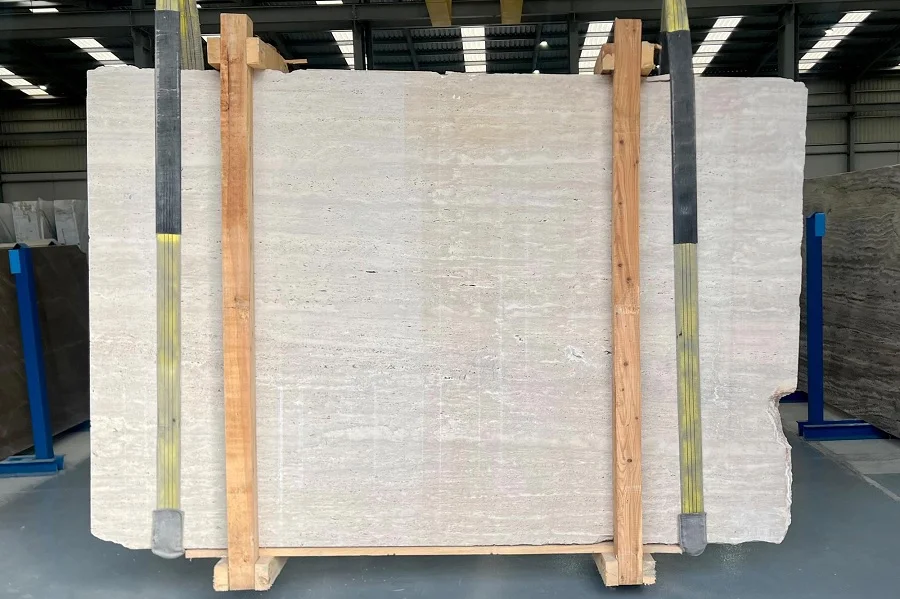
Navigating the world of natural stone and understanding the nuances of the travertine marble price per square meter can be a complex but rewarding journey. Ensuring you select the right type, grade, and finish for your specific application and budget is paramount.
For expert advice, access to a curated selection of high-quality travertine from around the world, and transparent information to help you make the best choice for your project, we invite you to connect with the specialists at FMA Marble. Our team is passionate about natural stone and dedicated to guiding you through every step, from selection to understanding the true value and cost for your unique requirements.
Frequently Asked Questions
Is travertine generally cheaper than marble or granite?
Travertine prices can overlap significantly with both marble and granite. Generally, some common types of travertine tiles can be more budget-friendly than high-end marbles or granites, but premium or rare travertine can be just as, or even more, expensive.
Does "filled" travertine cost more than "unfilled"?
Usually, yes. The process of filling the natural pits in travertine with grout or resin adds an extra step to manufacturing, which typically increases the cost slightly compared to unfilled travertine of the same grade and origin.
How does the finish affect the travertine marble price per square meter?
More elaborate finishes generally increase the price. For example, a polished finish often costs more than a basic honed finish due to the additional labor and machinery involved in achieving the high gloss. Tumbled or brushed finishes also have specific processing costs.
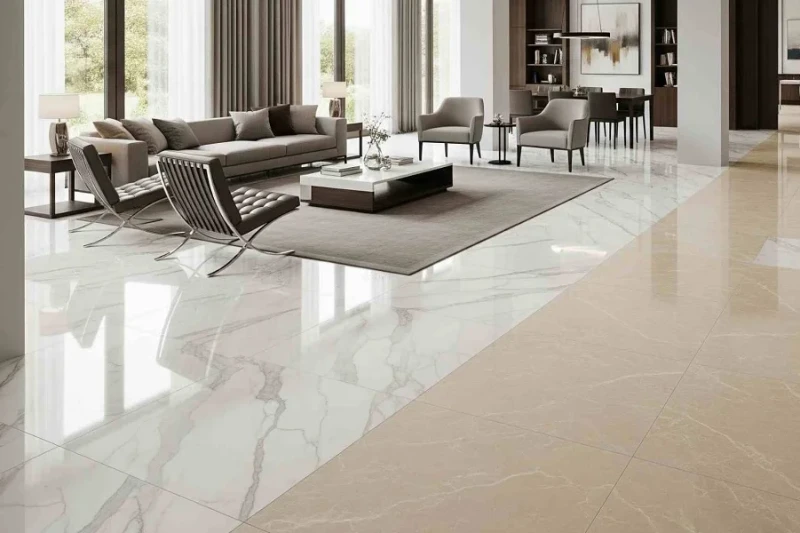
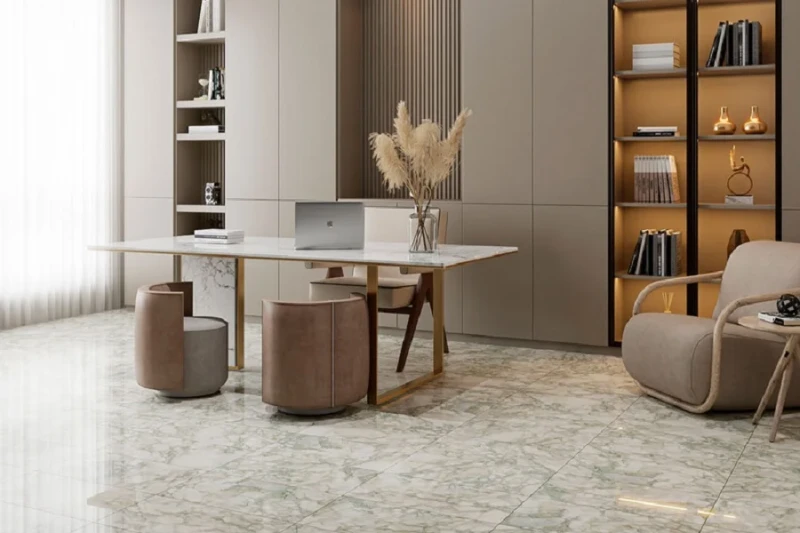

comments
No Comment YetLeave a Comment